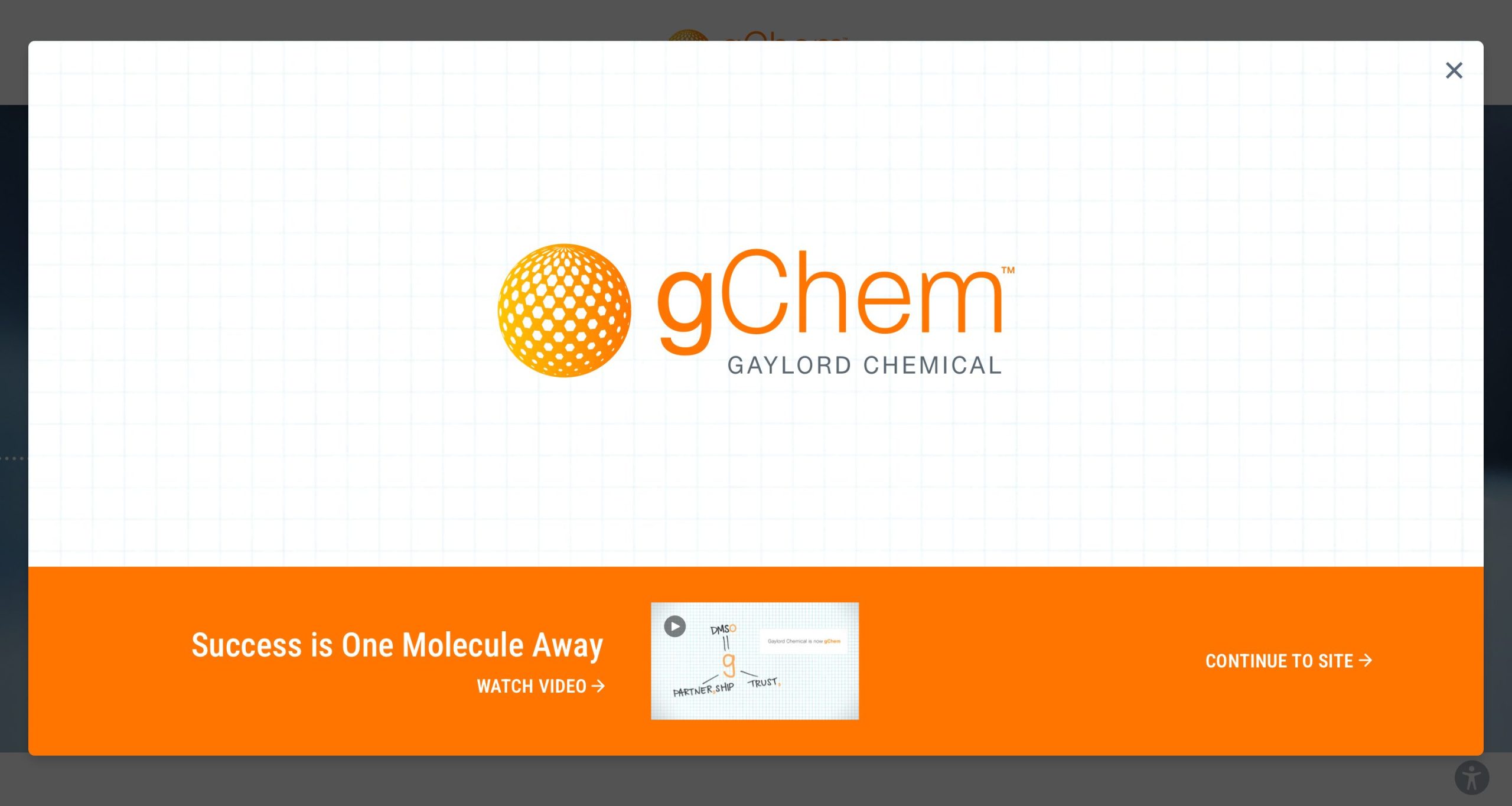One of the most useful bases in organic chemistry is the methylsulfinyl carbanion or dimsyl ion, the conjugate base of DMSO. This extremely powerful base can be used to deprotonate many weakly acidic compounds. E. J. Corey and M. Chaykovsky first used dimsyl ion to convert benzophenone to 2-methanesulfinyl-1,1-diphenyl-ethanol, a ß-hydroxy sulfoxide. [J. Am. Chem. Soc. 84, 866-867 (1962)]. Since that work ,the dimsyl ion has been found to enter a plethora of organic reactions. Use of dimsyl ion reactions are often characterized by high selectivity and yields. Addition or substitution of this ion may be the most simple and elegant route to certain compounds.
The dimsyl ion is commonly prepared via the reaction of sodium hydride (60% dispersion in mineral oil) with excess DMSO. Other preparatory routes exist, however, essentially quantitative results may be obtained if sodium hydride is used. Although most chemists use the dimsyl ion only in bench-scale reactions, the use of dimsyl ion at kilo scale can be done safely. It enables nucleophilic reactions with alkylating agents and epoxides and can add to unsaturated compounds such as esters and amides, aldehydes and ketones, alkynes. Conjugated olefinic and aromatic compounds also react. For example, the reaction of styrene has been reported to yield methyl 3-phenylpropyl sulfoxide. This ion can function as an initiator in ionic polymerization. Thus, in the addition to styrene, polymerization is a significant side reaction. Dimsyl will also function as methylating agent for polycyclic aromatic compounds or as a reducing agent in dehalogenations and autoxidations.







